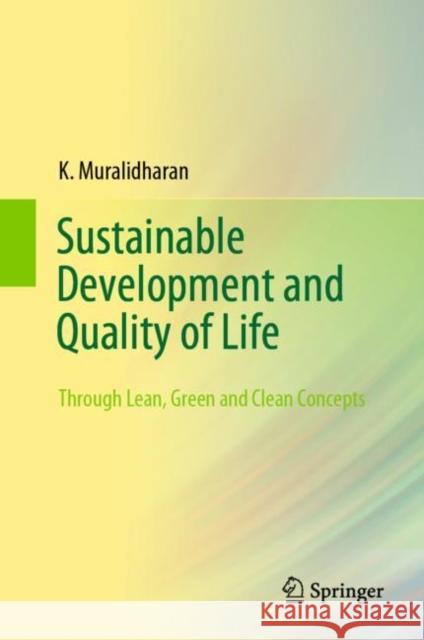Sustainable Development and Quality of Life: Through Lean, Green and Clean Concepts » książka
topmenu
Sustainable Development and Quality of Life: Through Lean, Green and Clean Concepts
ISBN-13: 9789811618345 / Angielski / Twarda / 2021 / 372 str.
Kategorie BISAC:
Wydawca:
Springer Verlag, Singapore
Język:
Angielski
ISBN-13:
9789811618345
Rok wydania:
2021
Wydanie:
2021
Ilość stron:
372
Waga:
0.77 kg
Wymiary:
23.88 x 19.56 x 2.29
Oprawa:
Twarda
Wolumenów:
01











